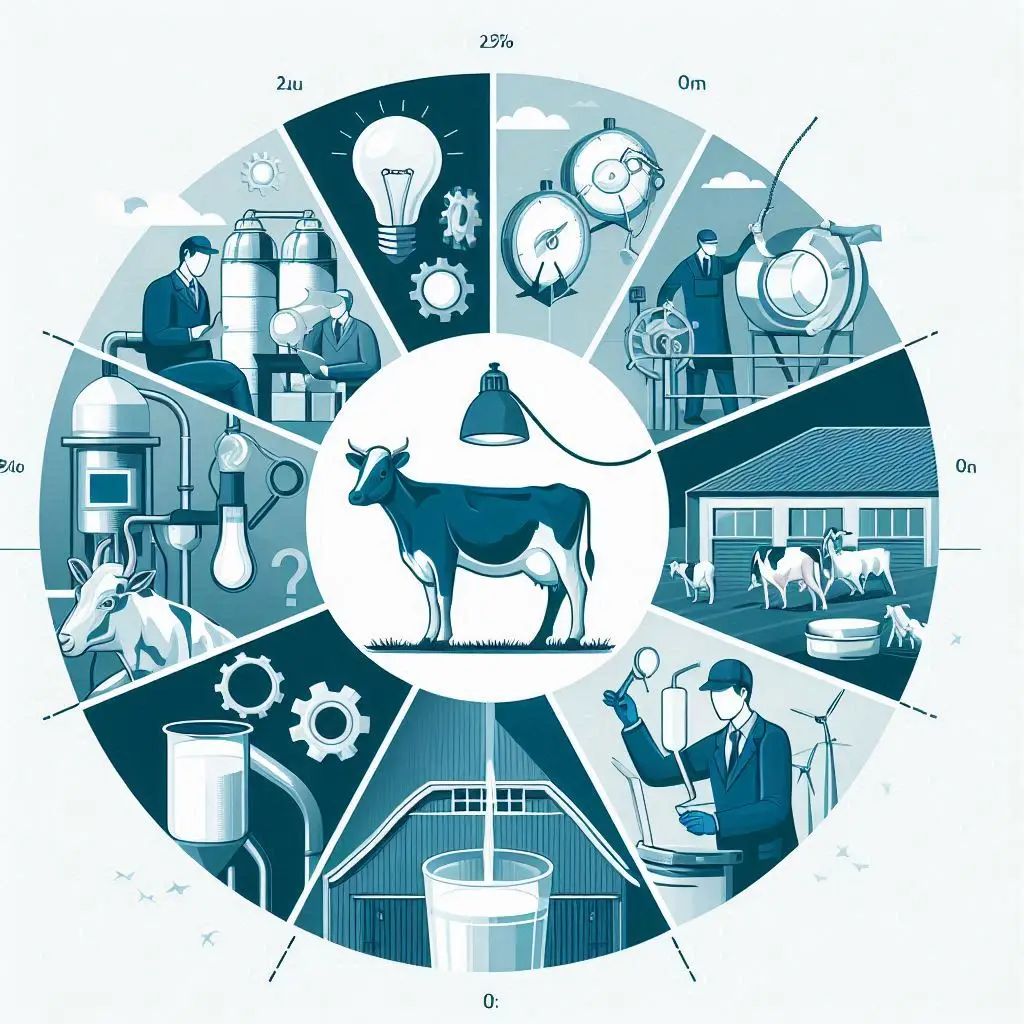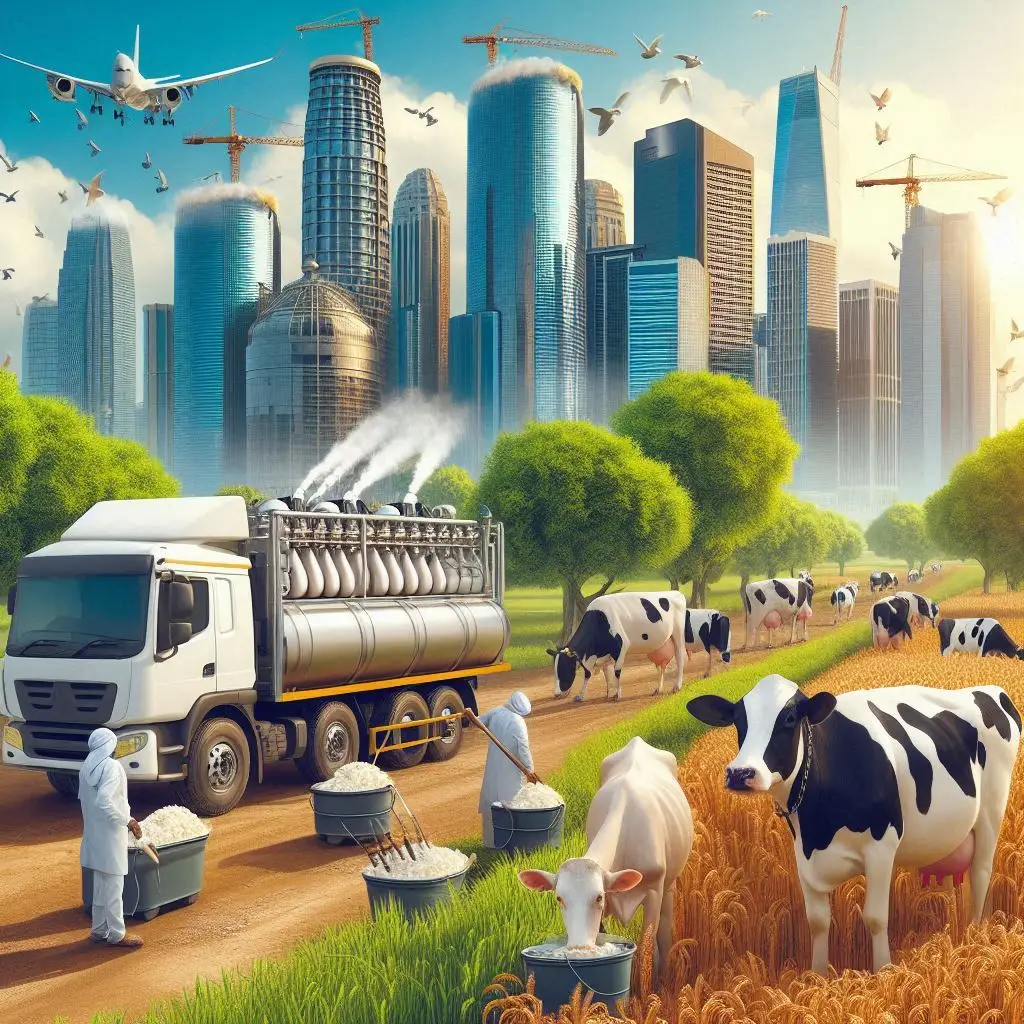Factors determining the efficiency of dairy animals

Introduction
The efficiency of dairy animals is crucial for sustainable dairy farming and economic viability. This article explores the various factors that influence the efficiency of dairy animals, including nutritional aspects, management practices, genetic considerations, and environmental factors.
Nutritional Factors
1. Feed Efficiency
Feed efficiency is a measure of how well dairy animals convert feed into milk. Key elements affecting feed efficiency include:
- Dry Matter Intake: The quantity and quality of feed consumed play a significant role in milk production.
- Diet Composition: A balanced diet with the right ratios of roughage to concentrate is essential for optimal digestion and nutrient absorption.
2. Nutritional Requirements
Dairy animals require a well-balanced diet tailored to their production stage. Key nutrients include:
- Energy: Essential for milk production and overall health.
- Protein: Crucial for growth and milk synthesis.
- Vitamins and Minerals: Important for reproductive health and metabolic functions.
Management Practices
1. Reproductive Management
Effective reproductive management is vital for maintaining high efficiency in dairy herds. Important practices include:
- Timely Insemination: Ensuring cows are bred at the right time to maximize conception rates.
- Monitoring Heat Cycles: Understanding and tracking estrus cycles can improve breeding success.
2. Daily Care
Routine management practices such as feeding, milking, and health monitoring significantly impact productivity. Key aspects include:
- Milking Techniques: Proper milking practices reduce stress and improve milk yield.
- Hygiene: Maintaining cleanliness in barns and milking equipment prevents infections and promotes health.
3. Record Keeping
Accurate record-keeping allows farmers to track performance metrics, such as:
- Milk Production: Monitoring yields helps identify trends and areas for improvement.
- Health Records: Keeping detailed health records can help in managing diseases and reproductive issues.
Genetic Factors
1. Breeding Selection
The genetic potential of dairy animals greatly influences their efficiency. Key points include:
- Genetic Traits: Selecting for traits such as high milk yield, disease resistance, and reproductive efficiency can enhance herd performance.
- Artificial Insemination: Using high-quality semen from superior bulls can improve genetic diversity and herd quality.
2. Genetic Improvement Programs
Implementing structured genetic improvement programs can lead to significant advancements in herd efficiency over time.
Environmental Factors
1. Climate Conditions
Environmental stressors, such as heat and humidity, can negatively affect dairy animal efficiency. Important considerations include:
- Heat Stress: High temperatures can reduce feed intake and milk production.
- Seasonal Variations: Understanding how seasonal changes affect breeding and production can help in planning management practices.
2. Housing Conditions
The living environment of dairy animals plays a crucial role in their productivity. Key factors include:
- Space and Comfort: Adequate space and comfortable bedding can reduce stress and improve overall health.
- Ventilation: Good airflow helps maintain a healthy environment, reducing the risk of respiratory issues.
Conclusion
Improving the efficiency of dairy animals involves a multifaceted approach that includes optimizing nutrition, enhancing management practices, selecting for superior genetics, and providing a conducive environment. By focusing on these factors, dairy farmers can achieve better productivity and sustainability in their operations.
For more pearls of Vets Wisdom:






Responses